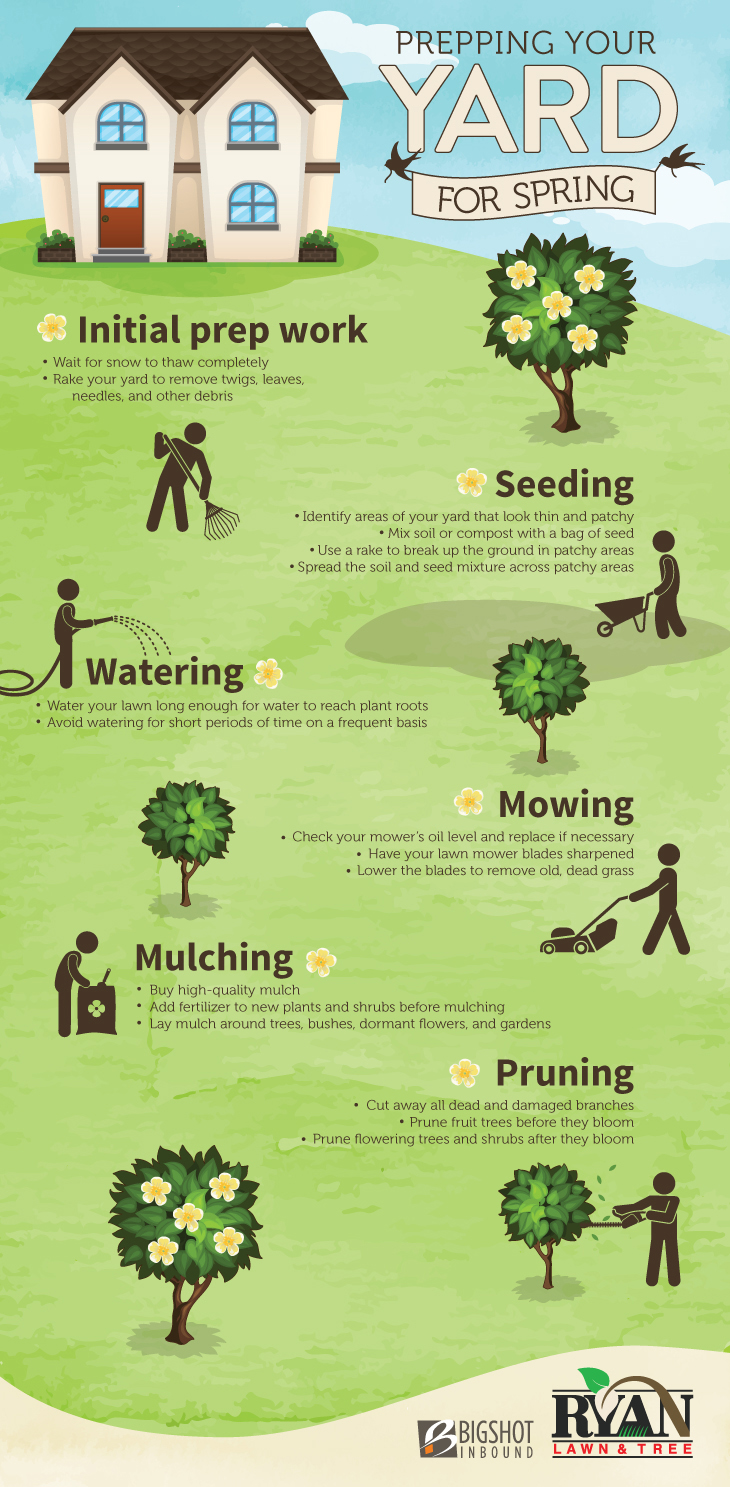Caring For Your Landscape After Tree Elimination Is Important For Its Repair; Uncover Crucial Measures To Rejuvenate Your Atmosphere And Prevent Future Issues
Caring For Your Landscape After Tree Elimination Is Important For Its Repair; Uncover Crucial Measures To Rejuvenate Your Atmosphere And Prevent Future Issues
Blog Article
Material Author-Graham Mejia
After a tree's removal, your landscape might look quite various, and it's vital to assess the aftermath meticulously. You'll intend to evaluate the dirt disruption and inspect bordering plants for any type of indications of tension. Disregarding these elements can cause larger issues down the line. So, what should Pruning Persimmon Trees do with those stumps and roots? And how do look at here choose the most effective plants for your rejuvenated area? Let's check out these crucial actions.
Examining the Results: Reviewing Your Landscape
After a tree removal, it's essential to assess your landscape to recognize the effect it has on your lawn.
Beginning by checking out the area where the tree stood. Seek indications of dirt disturbance, and inspect the surrounding plants for any type of stress or damage.
You need to additionally bear in mind of how the removal has changed sunshine direct exposure and airflow in your garden. This shift can influence the growth of nearby plants, so it's necessary to examine their wellness.
Think about the aesthetic aspects as well; the elimination might create an open space that you can revamp.
Lastly, consider any possible disintegration concerns that might emerge from the tree's absence. Attending to these variables early will assist recover equilibrium to your landscape.
Managing Stumps and Origins: Choices for Removal
When you have actually analyzed the consequences of the tree elimination, you'll likely need to tackle the stump and origins left.
You have a few alternatives for elimination. One effective approach is stump grinding, where a specialist uses a maker to grind the stump down to below ground level. This strategy leaves marginal disruption to your landscape.
If you choose a do it yourself technique, you can use a combination of digging and chemical stump removers. Simply remember, this procedure can take some time and initiative.
Additionally, think about leaving the stump as a natural feature, which can act as an one-of-a-kind yard aspect or environment for wild animals.
Whatever you choose, resolving the stump and roots is essential for restoring your landscape.
Picking the Right Plants for Your New Space
As you assess your recently cleared area, picking the right plants can considerably enhance your landscape's beauty and capability.
Start by taking into consideration the sunshine and dirt conditions. For sunny areas, opt for drought-resistant plants like lavender or succulents. In shaded places, ferns and hostas grow well.
Think about the size and growth practices of your plants; mix perennials and annuals for seasonal range. Do not forget to include native types; they call for much less maintenance and assistance neighborhood wildlife.
Group plants in strange numbers for a more all-natural look and produce layers for aesthetic depth.
Ultimately, ensure you have a mix of shades and appearances to maintain your landscape vibrant throughout the periods.
Happy growing!
Verdict
To conclude, restoring your landscape after tree removal is a rewarding procedure. By examining the after-effects, attending to stumps and roots, and picking the right plants, you'll develop a growing environment. Do not fail to remember to incorporate erosion control actions to shield your soil. With a little effort and treatment, you can change your room right into a dynamic yard that improves your residential property. Accept the chance to invigorate your landscape and delight in the beauty of nature right in your backyard!
